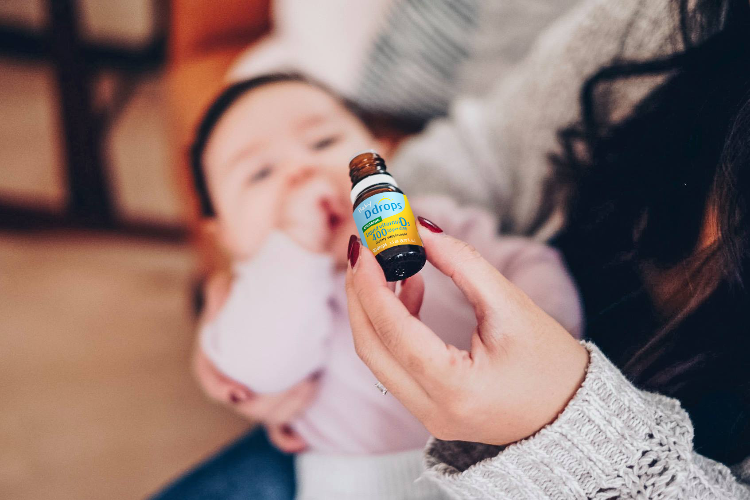27 Julai 2017
Adakah terdapat perkara yang terlalu banyak perkara yang baik? Sesiapa yang telah melihat keseluruhan kek coklat boleh membuktikan bahawa ya, ada. Walaupun tahap 5,000 IU dan juga 10,000 IU vitamin D tersedia dengan hanya satu klik, The National Academy of Medicine (dahulunya Institut Perubatan) mengesyorkan orang dewasa tidak boleh melebihi 4,000 IU sehari[1] atau mereka meletakkan diri mereka dalam risiko komplikasi kesihatan yang serius.
"Ramai orang mengambil terlalu banyak vitamin D." Dr Joann Manson dari The Brigham and Woman’s Hospital sedang menjalankan kajian terhadap 25,000 peserta untuk memeriksa paras darah vitamin D mereka.[2]
Akademi Dermatologi Amerika bersetuju. Dr. Weinstock dari Brown University mengulas pada mesyuarat tahunan bahawa "terdapat peningkatan risiko jatuh dan patah tulang yang berkaitan dengan 'mega dosing' vitamin D."[3]
Apakah yang dianggap terlalu tinggi atau terlalu rendah?
"Anda tidak sepatutnya memintas tahap kenyang. Perut anda begitu besar atas sebab tertentu,” kata Dr Paul Offit, pakar penyakit berjangkit. Dr. Offit menawarkan peraturan yang baik: terdapat 1,000 miligram vitamin C dalam satu tablet. Itu bersamaan dengan lapan cantaloupes. Adakah anda akan makan lapan tebu setiap hari? Jika anda menjawab tidak, maka anda tidak sepatutnya mengambil dos yang tinggi itu. "Ia bertentangan dengan kehendak alam semula jadi."
Pada penghujung hari, kita semua mahu menjadi yang paling sihat yang mungkin. Suplemen dan vitamin boleh menjadi alat yang hebat untuk mendapatkannya, kita hanya perlu mengambil kira jumlah yang terlalu banyak. Pertimbangkan cadangan, fahami berapa banyak yang perlu ditetapkan sendiri, dan dapatkan nasihat doktor anda jika anda fikir anda memerlukan lebih banyak lagi.







ทิ้งข้อความไว้
เว็บไซต์นี้ได้รับการคุ้มครองโดย hCaptcha และมีการนำนโยบายความเป็นส่วนตัวของ hCaptcha และข้อกำหนดในการใช้บริการมาใช้